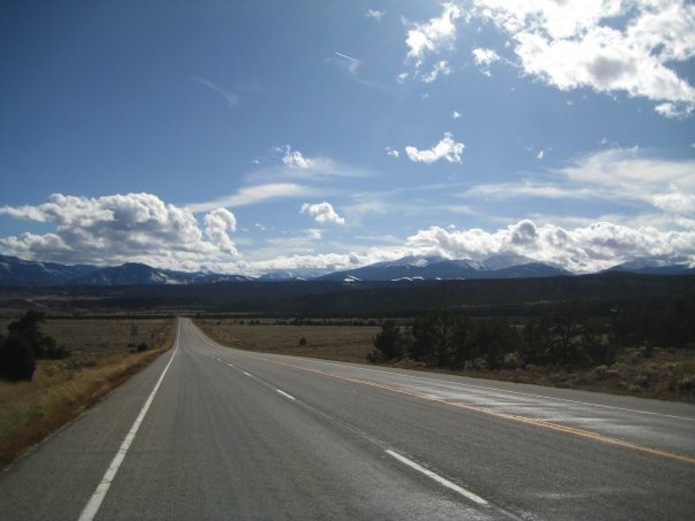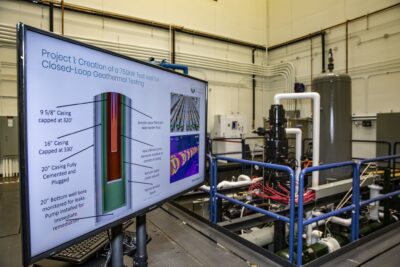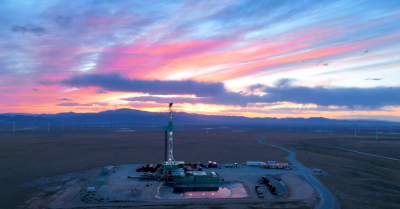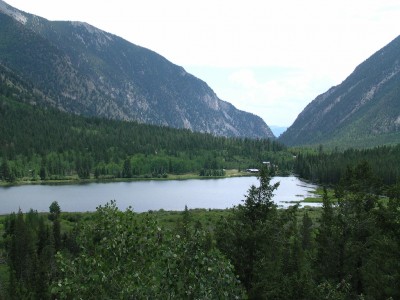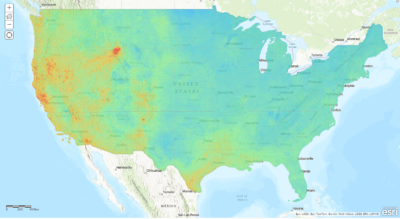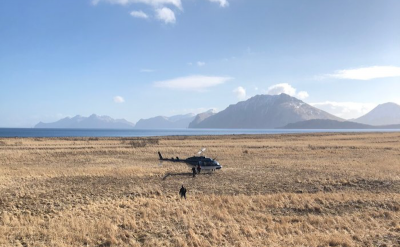Test holes at Poncha Hot Springs in Colorado promising
Temperature readings from a test hole drilled at Poncha Hot Springs in Colorado show promising thermal temperature gradings that could be sufficient to confirm the geothermal power generation potential on the site.
Reported earlier in July, “Preliminary temperature readings in one test hole drilled at Poncha Hot Springs in Colorado demonstrated a thermal gradient of 178 degrees Celsius per kilometer – seven times greater than normal.
Paul Morgan, senior geothermal geologist with the Department of Natural Resources, said thermal gradient measurements show how rapidly temperature increases with depth.
The first hole at Poncha Hot Springs was drilled to a relatively shallow depth of 255 feet to determine if the thermal gradient is sufficient to warrant a deeper hole.
Morgan said shallow holes cost about $10,000 each, while the cost of a borehole deep enough to facilitate geothermal electricity production is around $1 million.
The project budget, $50,000, came from a state grant.
Frederick Henderson of Hendco Services said because of limited finances, they started shallow to try to determine the potential for geothermal electricity production at the site.
Morgan said after 70 feet of drilling in the second hole, concerns about collapse and safety prevented the team from drilling further. He said it would have to be cased, which is expensive.
He said they may return to that hole but for now, it is held open with PVC pipe.
The plan is to drill four holes, which will hopefully provide enough information to learn about geothermal potential at the site, Henderson said.
He said temperature readings gathered from the first hole were “really very good.” But he clarified that the number is preliminary and the hole will need to be retested when the temperature has stabilized.
He said drilling machines sometimes makes a difference in air temperature in the hole and the next test may be higher or lower.
Henderson said geothermal testing near Mount Princeton returned thermal gradient measurements eight times greater than normal, making it the most significant thermal gradient in the state.
Morgan said as a rule drillers try to cause as little surface damage as possible but said it helped that this site was essentially abandoned and vandalized.
Morgan said, when testing is completed this week, he and Henderson will offer a recommendation to pursue deeper holes or stop drilling.”
Source: The Mountain Mail
